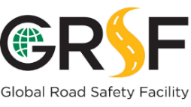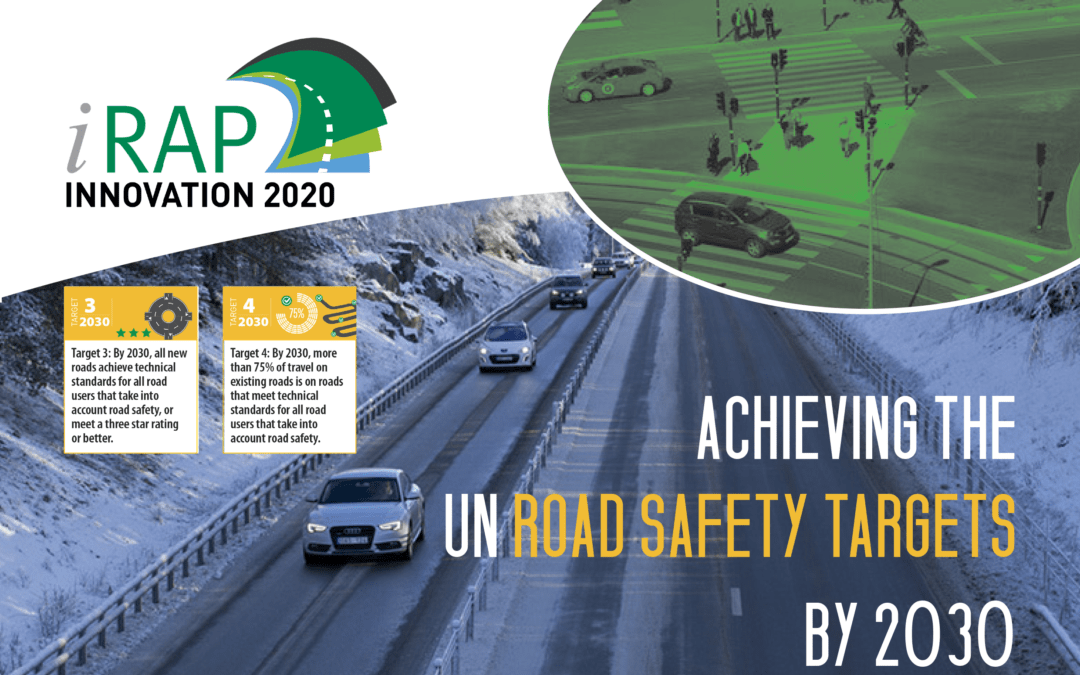Infrastructure Innovation to Achieve the UN Targets by 2030
EVENT SUMMARY AND RECOMMENDATIONS FOR THE FUTURE:
1. Over 1.3 million people are killed on the world’s roads annually. More than 35 million predominantly young people suffer life-changing injuries every year that include an estimated 2,800,000 people with brain and head injuries, 48,000 people who become quadriplegic or paraplegic, 9,700,000 people with bone fractures and 330,000 people with skin degloving[1].
2. An estimated $US 6 billion of new costs are added to families, communities, the health and welfare sector, insurance and business every day. The cost to economies in low, middle and high-income countries is typically between 2 and 7% of GDP per year.
3. Low and middle-income countries who do not invest in road safety stand to lose between 7 and 22% of potential per capita GDP growth over a 24-year period[2]. Tackling the road safety crisis is both a moral imperative and an economic necessity.[3]
4. To support the various UN Sustainable Development Goals that will benefit from improved road safety, the UN Member States have agreed Global Road Safety Performance Targets that outline the priorities for safe system action through to 2030.
5. Target 3 is focussed on ensuring all new roads meet the global standard for 3-star or better performance for all road users and Target 4 aims to ensure 75% of travel for each road user group is on roads where minimum technical safety standards have been applied[4].
6. The Global Road Safety Performance Targets for infrastructure, if achieved, have the potential to save 450,000+ lives a year and more than 100 million deaths and injuries over the life of the treatments. $8 of benefits will accrue for every $1 invested.
7. Targeted investment in each country of 0.14% of GDP per year in safer road infrastructure and speed management will unlock these benefits. Innovative result-based financing and multi-year partnerships to achieve >75% of travel on the equivalent of 3-star or better roads provides the framework and targets for national action and investment.
8. Impact Investment[5] and Road Safety Bonds provide a unique opportunity to connect the beneficiaries of reduced road trauma with the safe system actions that will make those life-saving benefits possible. Understanding the true human and financial impact of road injury[6] is an essential prerequisite for this to happen.
9. Mobilising political commitment at the highest level is required to recognise the whole-of-government, economic, health and societal benefits of safer road infrastructure and improved urban transport systems.
10. Road safety is a necessity for health, climate, equity and prosperity. The multi-faceted benefits of safe and sustainable transport systems are recognised through safer speeds[7], safer roads[8] and safer modes that contribute to reduced road trauma and emissions and more liveable communities.
11. The safe system and Vision Zero approach[9] must be integrated in policy-making and the daily operations of governments, businesses and corporations through their entire value chains. Vision Zero and 5-star cities, 5-star journeys to school and 5-star motorways provide inspiration for what is possible and must be celebrated with the communities who benefit.
12. Agencies must accept accountability for road safety performance and implement the required safeguards and associated planning, design standards, procurement practices and delivery quality control to ensure the Global Road Safety Performance Targets are achieved by 2030. Private sector and industry leadership in offering 3-star or better solutions for all road users is also an important lever for success.
13. Regional Road Safety Observatories will provide the cooperative platform for efficient national and international cooperation and the sharing of best practices through data-driven knowledge to accelerate policy, investment and performance monitoring.
14. The use of big data, artificial intelligence and machine learning as part of Ai-RAP partnerships with vehicle and technology suppliers will accelerate and transform the road safety data available to inform policy and decision over the next decade.
15. Support the call for a new target to halve deaths and serious injuries by 2030 as part of continued action on the Sustainable Development Goals, and commit to a step-change in the scale, urgency and action in support of the Global Road Safety Performance Target.
Innovation Workshop Partners

The iRAP Innovation Workshop for 2020 was co-hosted by iRAP, the World Bank GRSF and ITF with the support of the FIA Foundation and UKaid. The event was held as an official pre-event of the 3rd Global Ministerial Conference on Road Safety and brought together leaders at the forefront of policy, financing, technology, infrastructure management and data innovation to showcase how the UN Global Road Safety Performance Targets can be achieved.
The International Road Assessment Programme (iRAP) partnerships now extend to over 100 countries worldwide, with more than one million kilometres of road assessed. Over US$75 billion of road infrastructure investment has been made safer. UN Targets are now in place to maximise travel on the equivalent of 3-star or better roads and innovation in policy, technology, investment and design are driving life-saving outcomes around the world. Policy experts are also recognizing the potential for 5-star users in 5-star vehicles on 5-star roads to provide the ultimate cooperative platform for Vision Zero.

The World Bank mission is to end extreme poverty and promote shared prosperity. Sustainable transport has a key part to play in fostering inclusive growth, expanding access to essential services, and combating climate change. The World Bank works with client countries to provide safe, clean, efficient, and inclusive mobility.

The Global Road Safety Facility (GRSF) is a global partnership program administered by the World Bank. It was established in 2006 with a mission to help address the growing crisis of road traffic deaths and injuries in low and middle-income countries (LMICs). GRSF provides funding, knowledge, and technical assistance designed to scale-up the efforts of LMICs to build their scientific, technological and managerial capacities. GRSF funding of, and participation in the 2020 iRAP Innovation Workshop was supported by UK Aid.

The International Transport Forum (ITF) at the OECD is an intergovernmental organisation with 60 member countries. It acts as a think-tank for transport policy and organises the ITF’s Annual Summit for transport ministers.
The ITF works for transport policies that improve peoples’ lives. Our mission is to foster a deeper understanding of the role of transport in economic growth, environmental sustainability and social inclusion and to raise the public profile of transport policy.


















